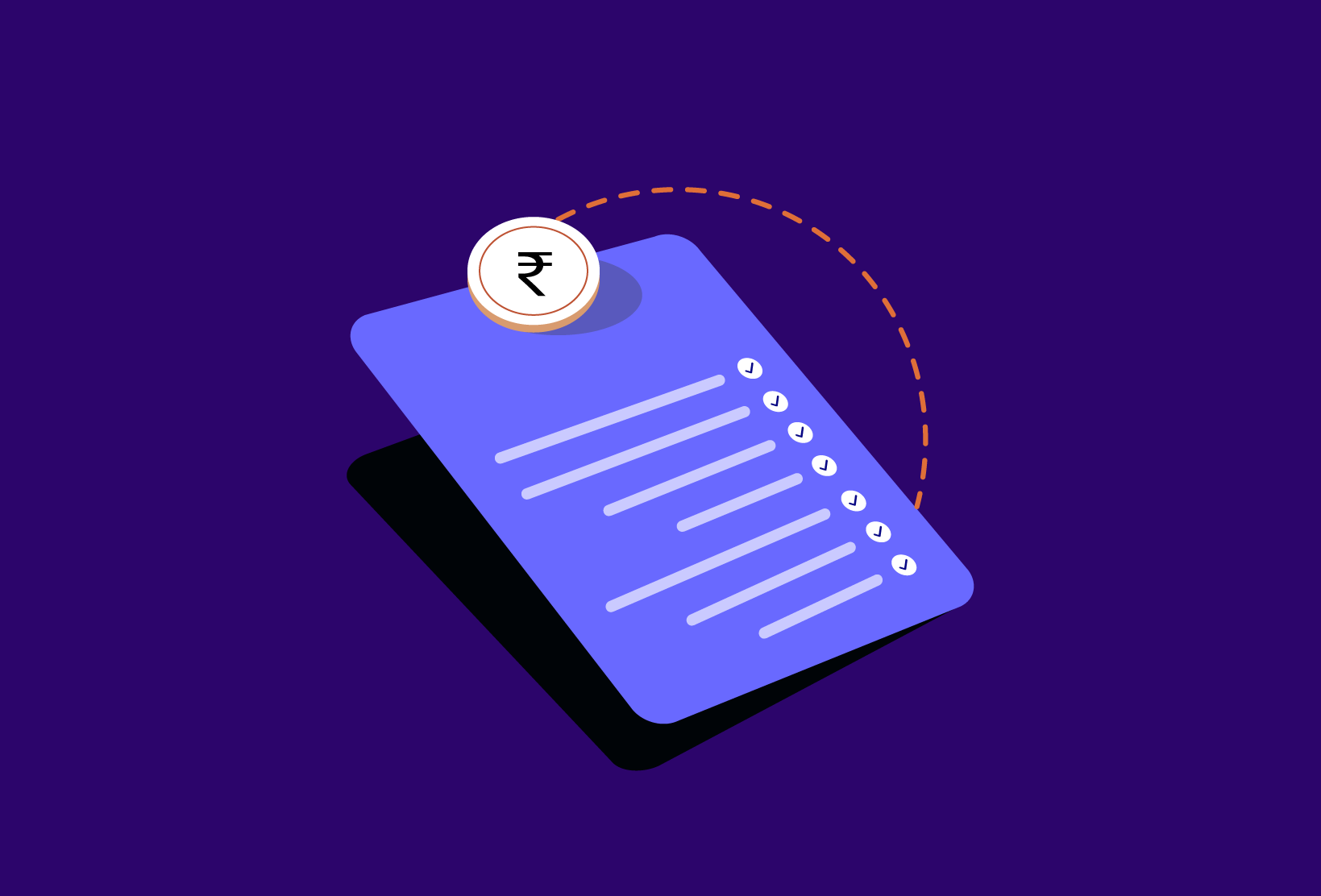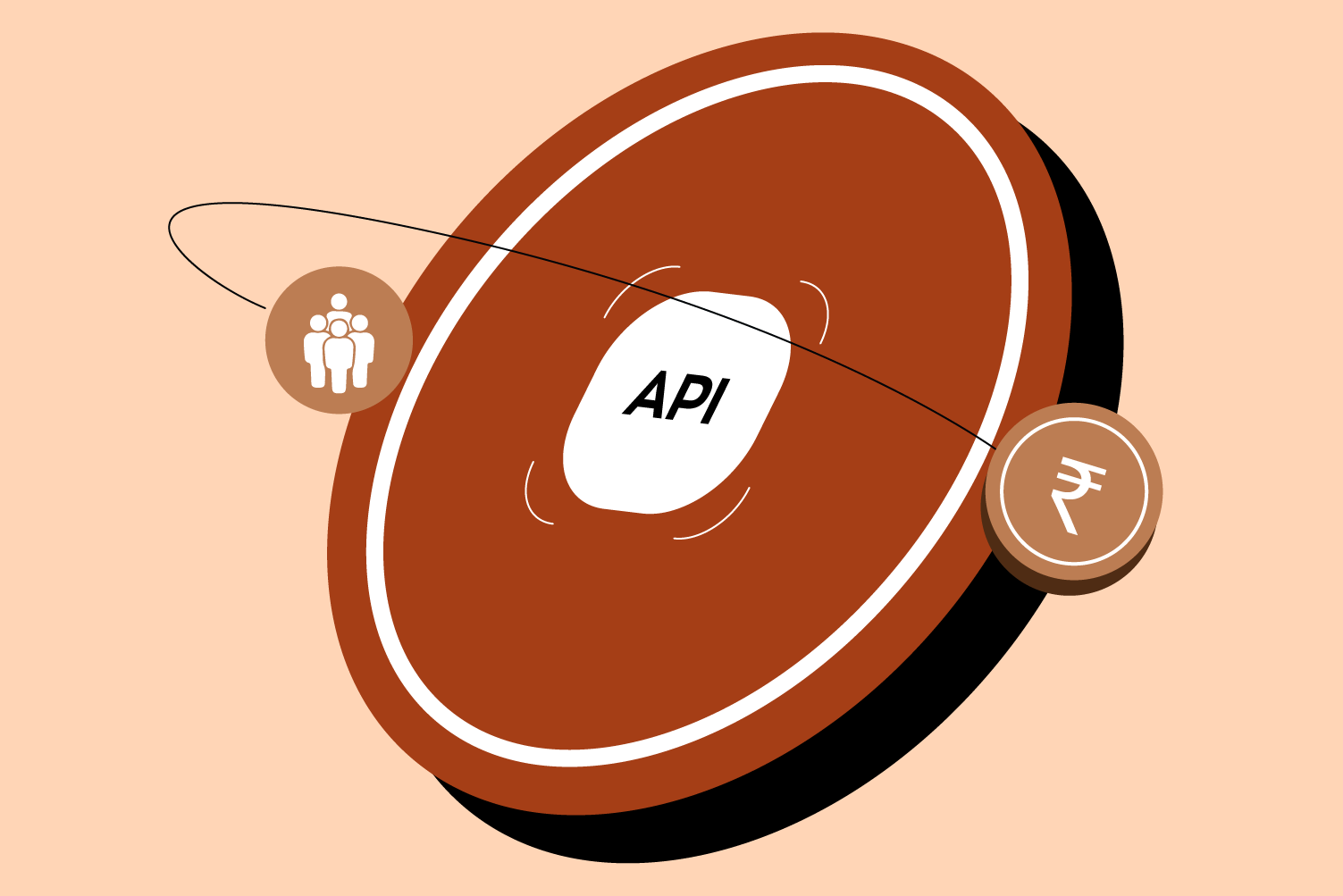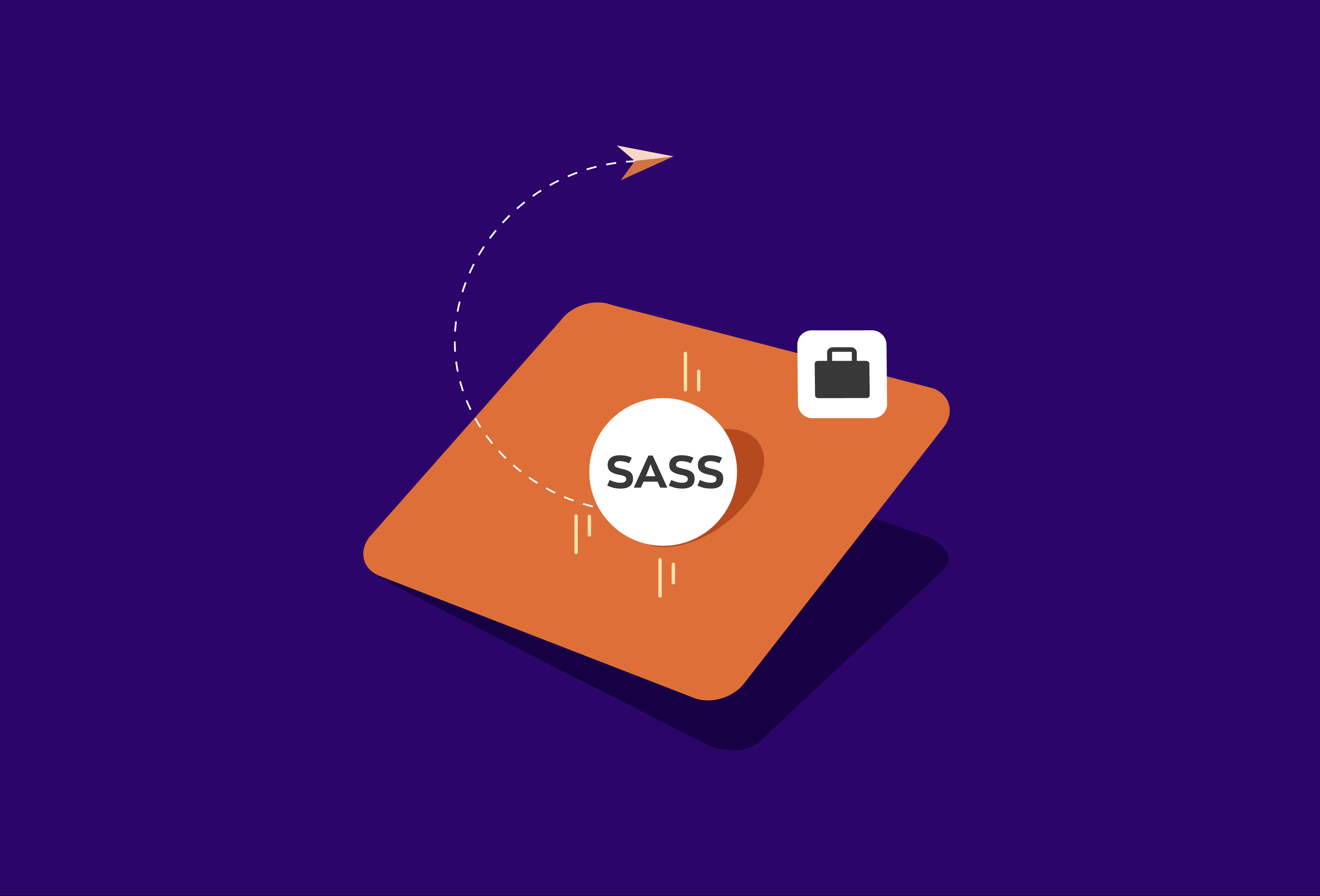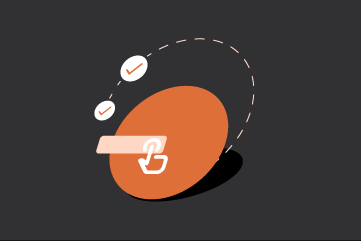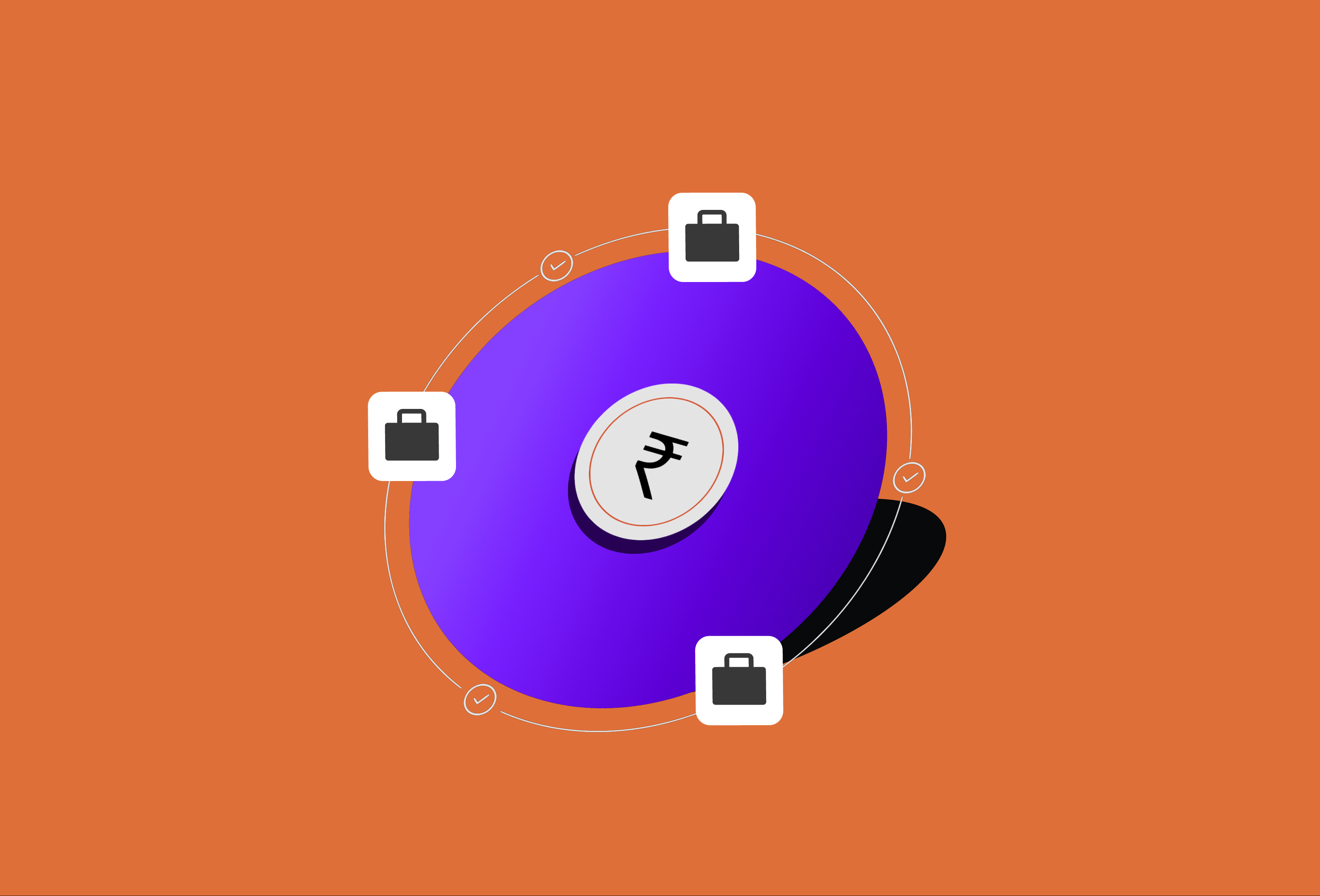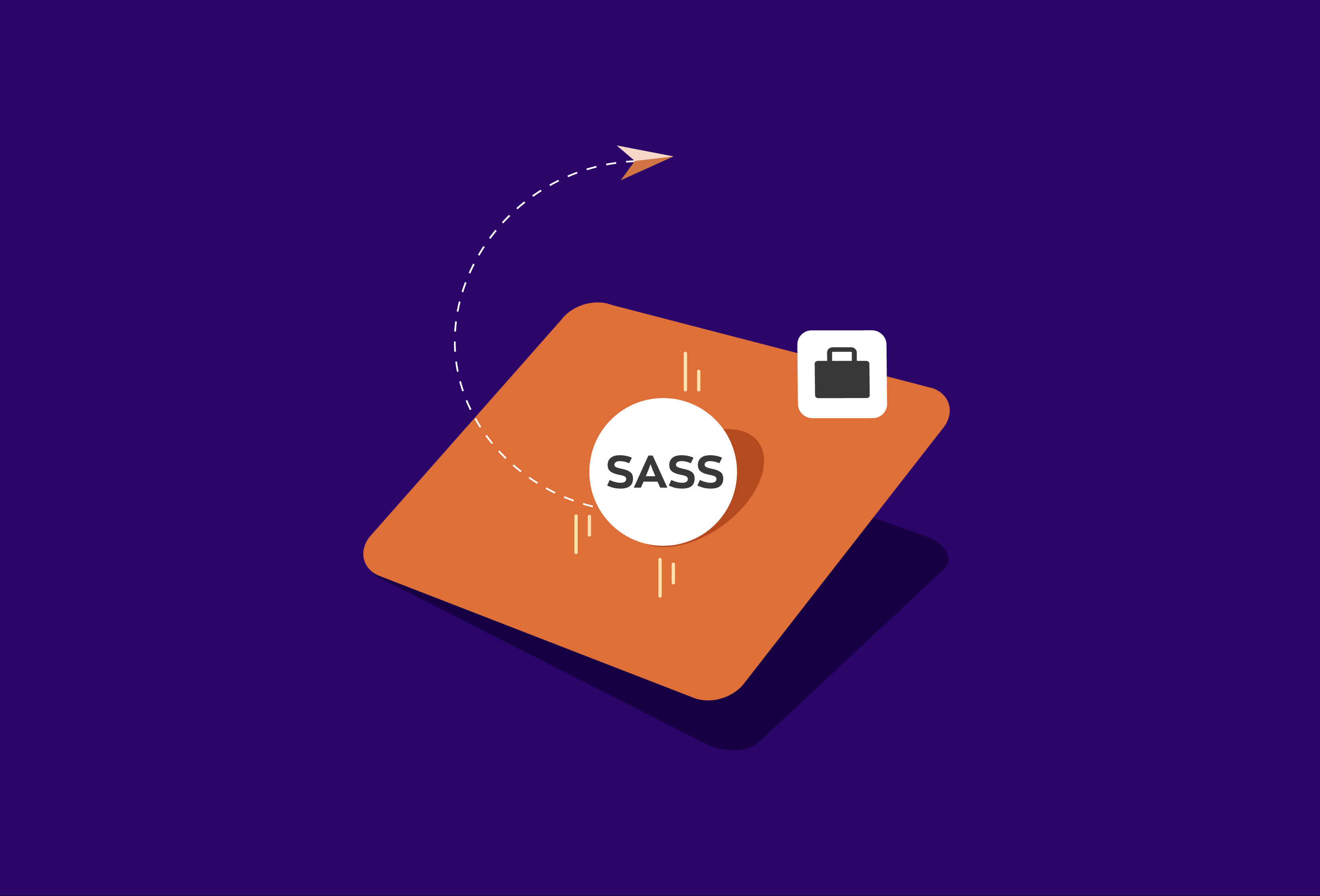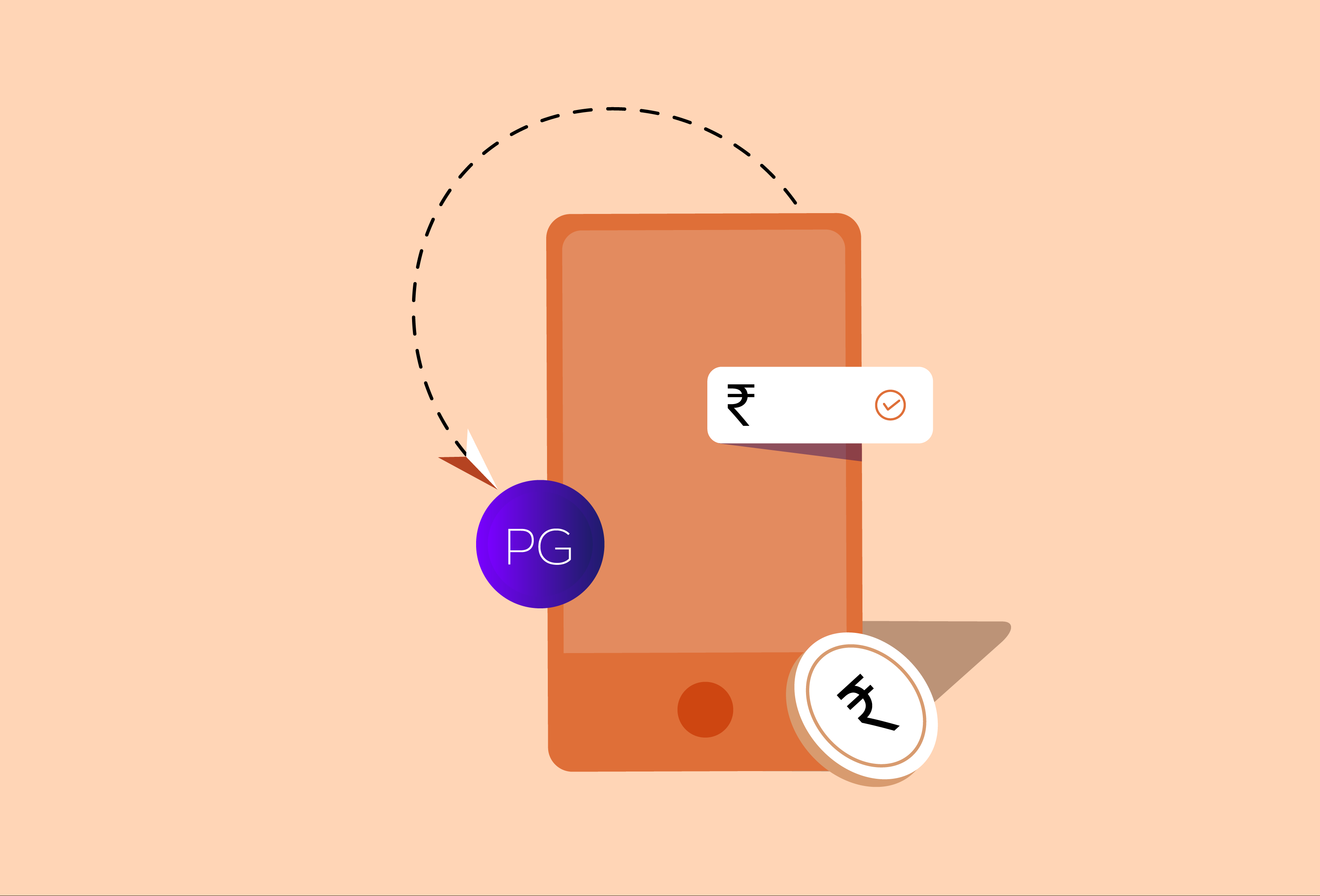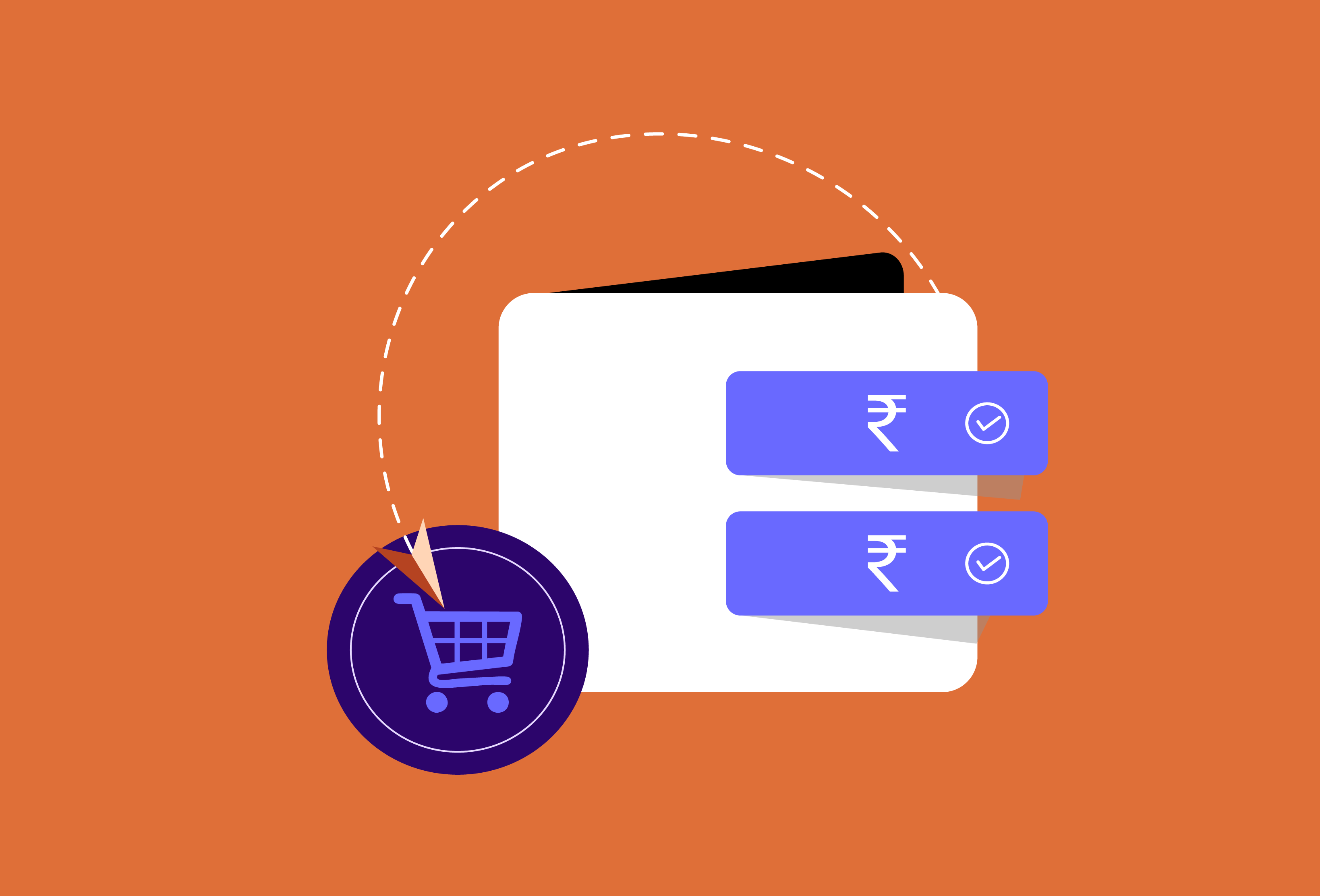Recurring payments have become part of everyday business operations. From subscription services and insurance premiums to loan repayments and utility bills, many transactions happen on a regular schedule. Traditionally, these payments involved manual reminders, bank visits, or time-consuming paperwork. Now, technology has simplified this process with an e-Mandate.
For businesses, e-Mandates provide a secure and efficient way to collect payments automatically, eliminating the need for repeated intervention. For customers, it means never having to worry about missing a due date. This shift is helping companies focus on growth rather than chasing payments.
What is an e-Mandate
An e-Mandate is a digital authorisation that allows a business to automatically collect payments from a customer’s bank account on pre-agreed dates. Once a customer provides consent online, the agreed amount is debited automatically whenever the payment is due.
It is regulated by the Reserve Bank of India (RBI) and supported by the National Payments Corporation of India (NPCI), making it a safe and reliable method. The process is fully electronic, removing the need for physical forms or in-person verification.
E-Mandates are widely used for recurring transactions such as:
- Subscription-based platforms.
- Loan EMIs.
- Mutual fund SIPs.
- Insurance premium collections.
- Utility bill payments.
Why e-Mandate Matters for Businesses
For companies dealing with recurring payments, delays, or missed transactions can create financial strain. E-Mandates solve this problem in several ways:
- Ensures timely payments – Businesses no longer need to send constant reminders to customers.
- Improves cash flow – Predictable payment timelines help with financial planning.
- Enhances customer experience – A smooth, hassle-free payment process builds trust and loyalty.
- Scales easily – Whether a business has 100 or 10,000 customers, the process remains the same.
How the e-Mandate Process for Recurring Payments Works
The e-Mandate process is straightforward but follows strict authentication steps to ensure security:
- Customer consent – The customer chooses to set up an e-Mandate with the business for regular payments.
- Authentication – Consent is verified through net banking credentials, debit card details, or Aadhaar-based OTP.
- Bank registration – The customer’s bank records the mandate and links it to the business’s account.
- Scheduled debit – On each due date, the agreed amount is automatically debited.
- Confirmation – Both the customer and the business receive a payment confirmation instantly.
This process ensures transparency and compliance with RBI guidelines, while also keeping customer data secure.
Benefits of Using e-Mandate
Businesses using e-Mandates experience advantages beyond payment automation:
- Operational efficiency – Reduces the workload of finance teams by eliminating manual follow-ups.
- Lower costs – Avoids expenses linked to cheque collection or physical documentation.
- Error reduction – Automated systems minimise the chances of incorrect entries or delays.
- Customer retention – Once an e-Mandate is set, customers are less likely to miss payments, ensuring continuous service.
E-Mandate vs Other Recurring Payment Methods
Before e-Mandates, businesses relied on methods like standing instructions, post-dated cheques, or manual invoicing. Standing instructions often required customers to initiate the process at their own bank branch, while cheques involved physical handling and clearing times. Manual invoicing still depends on customers making payments on their own.
E-Mandates stand apart because the entire process is initiated and completed online, with minimal effort from the customer after the initial setup. It is faster, safer, and easier to manage, making it the preferred option for modern businesses.
Compliance and Security Aspects
E-Mandates operate under strict RBI regulations. This means:
- As per RBI (as of 2025), e-mandates for recurring transactions require an Additional Factor of Authentication (AFA) only if the amount exceeds ₹15,000.
- The bank records every transaction, ensuring traceability.
- The system is designed to prevent unauthorised debits.
In case of any dispute, customers have the right to revoke an e-Mandate. This level of security has helped e-Mandates gain the trust of both businesses and customers.
The Future of e-Mandate
With more services shifting to subscription and pay-as-you-go models, the demand for reliable recurring payment systems will only grow. UPI AutoPay is already live and supports e-mandates for apps like OTT platforms, edtech services, and utility providers using UPI handles. This is making recurring payments even more accessible for customers who prefer UPI over traditional banking channels.
E-Mandates are also expected to integrate more closely with other digital payment innovations, giving customers greater flexibility. For businesses, adopting e-Mandates early means staying ahead in terms of efficiency and customer convenience. It is becoming a standard expectation rather than an optional feature
Conclusion
Understanding what is an e-Mandate and its role in automating recurring transactions can help businesses improve efficiency, maintain healthy cash flow, and enhance customer relationships. With a secure process backed by regulations, it offers a future-ready solution for recurring payments.
As the subscription economy expands, e-Mandates will continue to play a central role in simplifying how businesses and customers handle ongoing transactions. Setting up an e-Mandate today is not just about convenience—it is about building a payment system that works seamlessly for the long term.



